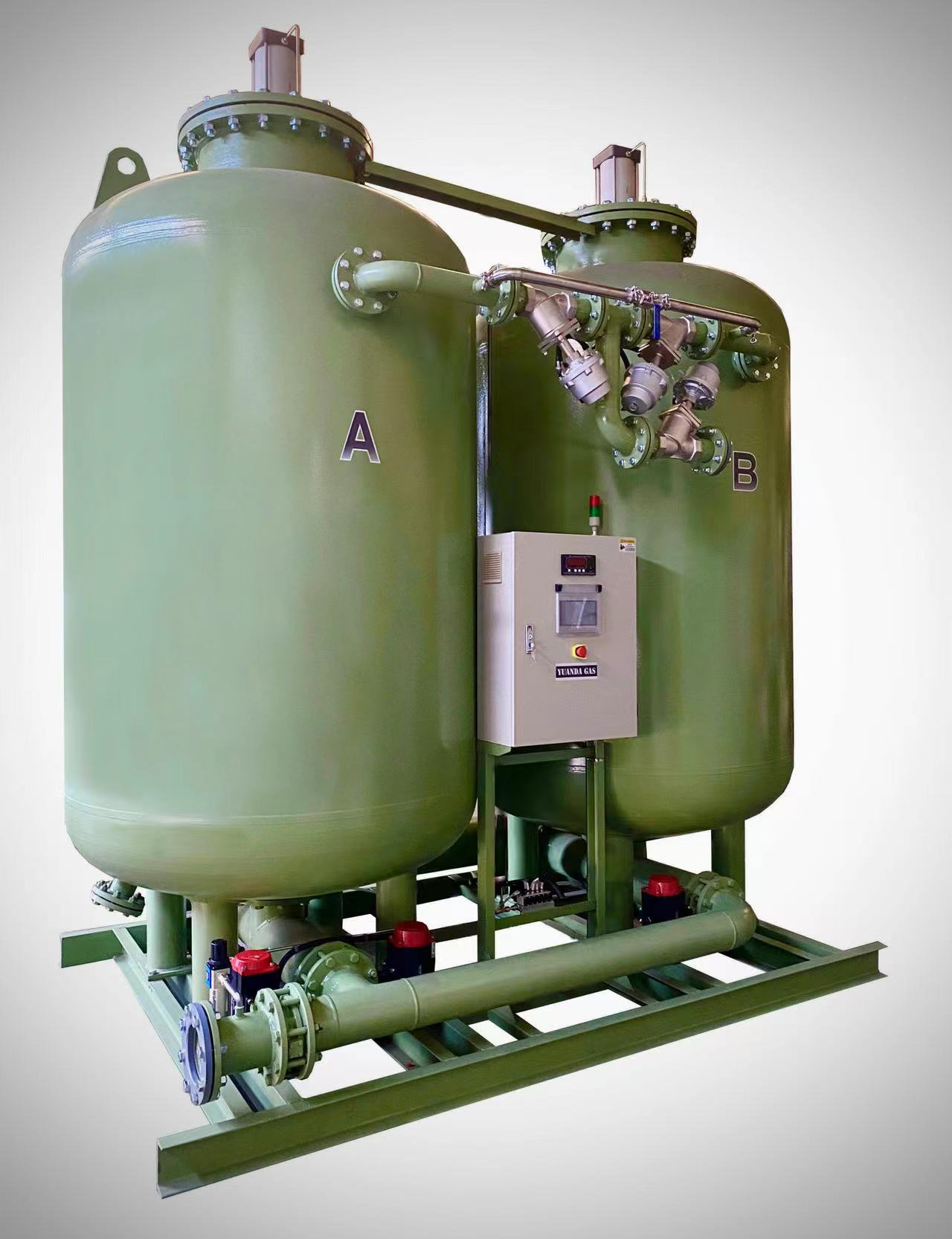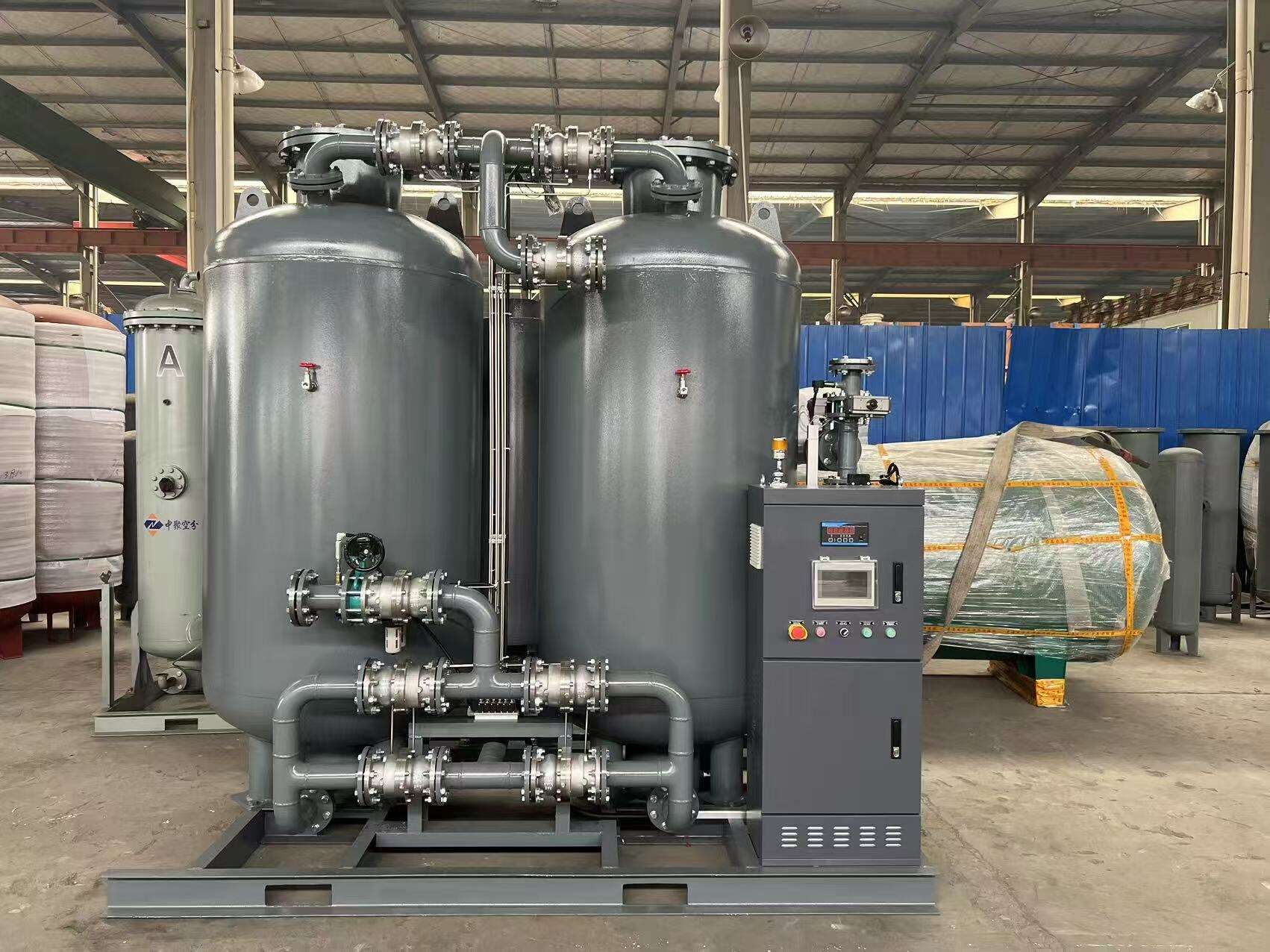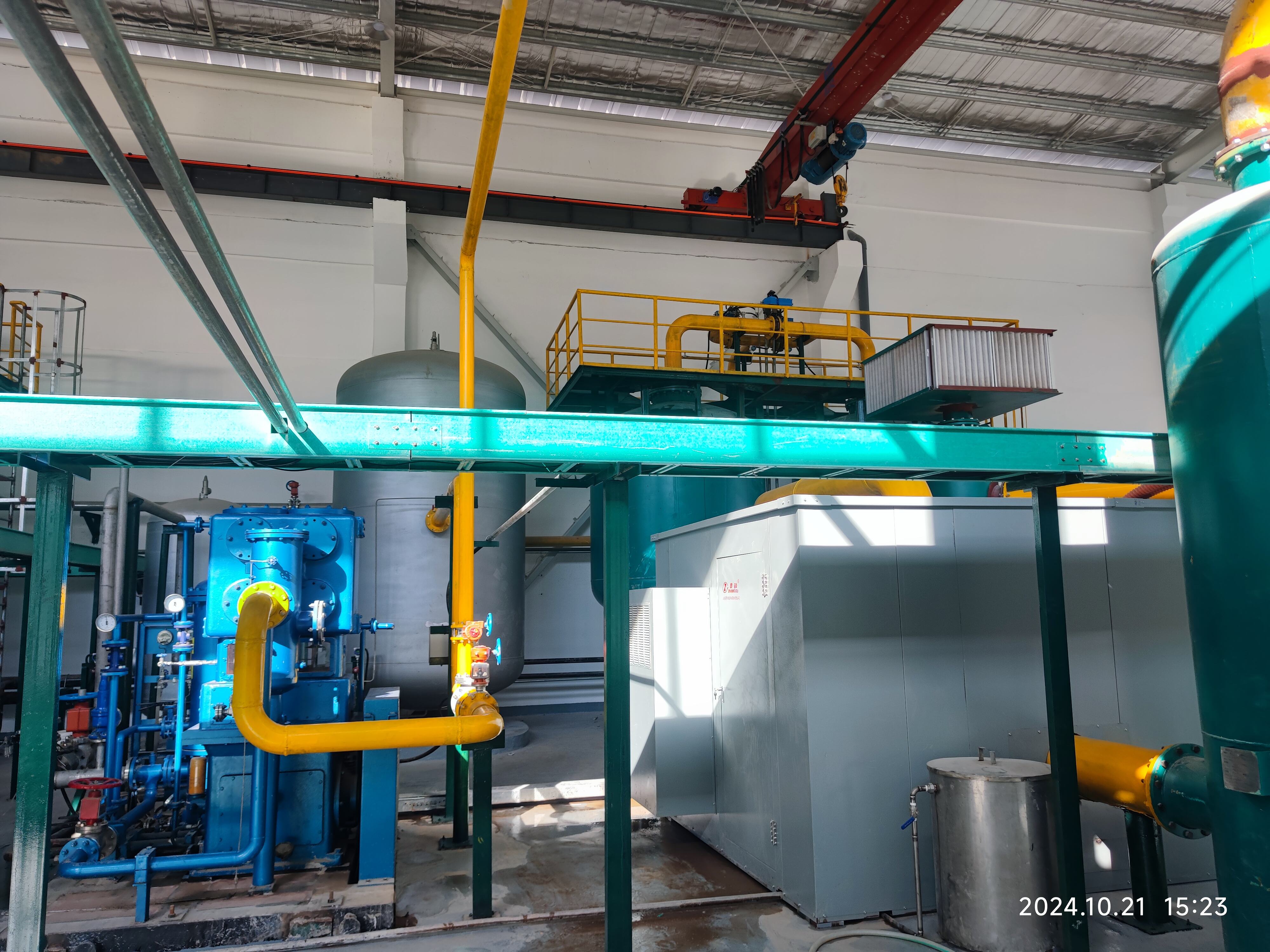psa oxygen plant process
The PSA (Pressure Swing Adsorption) oxygen plant process represents a cutting-edge technology for producing high-purity oxygen from ambient air. This innovative system operates by utilizing specialized molecular sieve beds that selectively adsorb nitrogen while allowing oxygen to pass through. The process begins with ambient air compression, followed by its passage through these molecular sieve beds under pressure. The PSA technology employs a cyclical process where one bed actively separates gases while another regenerates, ensuring continuous oxygen production. The system typically achieves oxygen purity levels of 93-95%, making it ideal for various industrial and medical applications. The plant operates through a series of automated stages, including pressurization, adsorption, depressurization, and purging, all controlled by advanced microprocessor systems. This technology has revolutionized on-site oxygen generation by eliminating the need for liquid oxygen storage and regular deliveries. The process is energy-efficient, requiring only electricity and ambient air to produce oxygen, making it both cost-effective and environmentally friendly. PSA oxygen plants serve diverse industries, including healthcare facilities, steel manufacturing, glass production, and wastewater treatment, offering a reliable and sustainable solution for oxygen generation needs.


